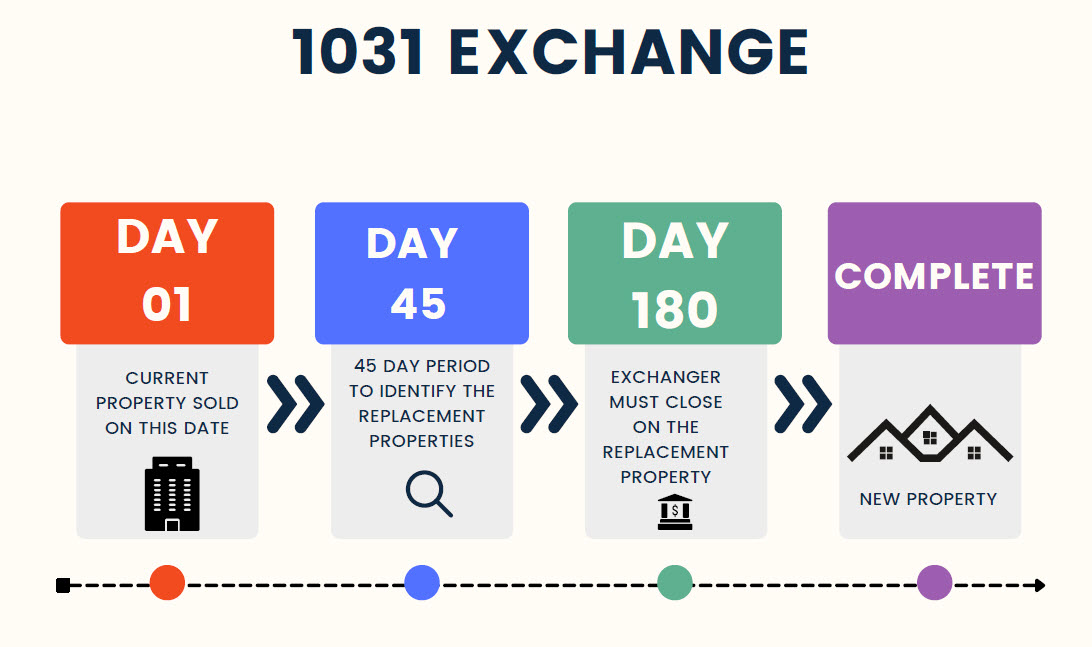If you’re a real estate investor in California, you may have considered a 1031 exchange to defer capital gains taxes when selling your property. But have you thought about doing a 1031 exchange out of California and into Texas? Here are some pros and cons to consider.
Pros:
No state income tax in Texas
One of the biggest advantages of investing in Texas is that it has no state income tax. This means that you can keep more of your rental income and capital gains without having to pay state taxes on top of federal taxes. In contrast, California has one of the highest state income tax rates in the country, which can significantly reduce your net profits.
Lower cost of living and lower property taxes in Texas
Another advantage of investing in Texas is that it has a lower cost of living compared to California. This means that your rental income can go further, and your expenses may be lower overall. Additionally, property taxes in Texas are generally lower than in California, which can also help reduce your expenses and increase your net profits.
Strong job growth and population growth in Texas
Texas has consistently ranked as one of the fastest-growing states in the country in terms of population and job growth. This can lead to increased demand for rental properties and higher rental rates, which can help increase your cash flow and property values. Additionally, Texas has a diversified economy with a variety of industries, including energy, technology, healthcare, and finance, which can provide stability and growth potential for your investments.
More favorable landlord-tenant laws in Texas
Texas has more landlord-friendly laws compared to California, which can make it easier to manage your rental properties and protect your interests as a landlord. For example, Texas has no limit on security deposits, allows landlords to charge late fees, and has a shorter timeframe for eviction proceedings. This can help reduce your risks and expenses as a landlord and make your investments more profitable.
Cons:
Different real estate market dynamics in Texas
While Texas may offer many advantages for real estate investors, it’s important to note that the market dynamics in Texas can be quite different compared to California. For example, Texas may have more competition for rental properties, and rental rates may be more sensitive to economic cycles and industry changes. Additionally, property values may appreciate at a different rate compared to California, and there may be different trends in terms of property types and locations.
Higher transaction costs and fees for 1031 exchanges
If you’re considering a 1031 exchange out of California and into Texas, it’s important to factor in the additional costs and fees associated with the exchange process. For example, you may need to hire a qualified intermediary to facilitate the exchange, and there may be additional legal and accounting fees. Additionally, you may need to pay higher transaction costs, such as closing costs, in Texas compared to California, which can reduce your overall returns.
Increased risks from out-of-state investing
Investing in real estate outside of your home state can increase your risks in terms of property management, tenant screening, and legal compliance. For example, you may not be familiar with the local laws and regulations in Texas, which can lead to potential fines and penalties if you’re not careful. Additionally, managing properties remotely can be challenging, and you may need to hire a property manager or team to assist you, which can add to your expenses.
Potential tax implications for California investors
If you’re a California investor considering a 1031 exchange out of the state, it’s important to understand the potential tax implications. While a 1031 exchange can defer capital gains taxes, California has its own state-level tax laws that may impact your exchange. For example, California requires that the replacement property be located in the United States, which can limit your options.

